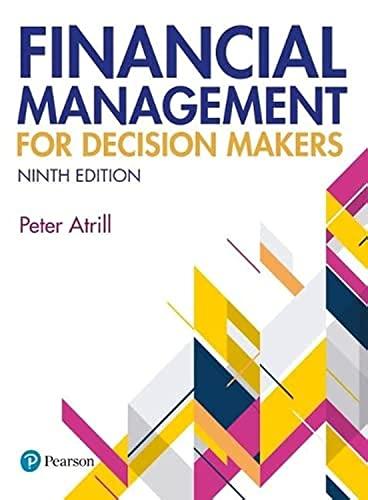Answered step by step
Verified Expert Solution
Question
1 Approved Answer
mni.adelaide.edu.au/courses/56434/quizzes/77217/take/questions/927093 Consider a risk-free rate of interest of 1% and the following risky portfolios: Portfolio V: E(r) = 10%; risk = 20%. Portfolio W: E(r)

Step by Step Solution
There are 3 Steps involved in it
Step: 1

Get Instant Access to Expert-Tailored Solutions
See step-by-step solutions with expert insights and AI powered tools for academic success
Step: 2

Step: 3

Ace Your Homework with AI
Get the answers you need in no time with our AI-driven, step-by-step assistance
Get Started


